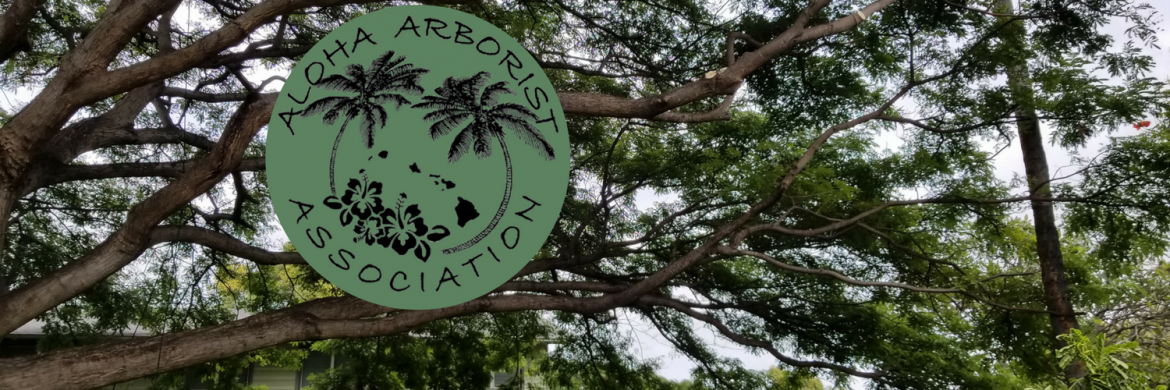- Hosts: Sugarcane, palms (coconut, betelnut), papaya
- Distribution: Most of Micronesia and Hawaii. Native to New Guinea.
- Symptoms: Tunnels in the interior of the stem. The entrance is usually plugged with plant fibers. In coconuts, the stem is weakened to the point of palm failure in high winds. In betelnut, the weevils frequently bore near the apical meristem and can kill the palm.
- Management: Biological control by a tachinid parasite, Lixophaga sphenophori (Villeneueve) introduced to Hawaii in 1910 from New Guinea and reintroduced from another part of New Guinea in the 1970s. For palms, flakes of the mothball Para-dicloro-benzene (PDB) can be placed in the hole and the hole sealed. The fumigant action of the mothballs kills the larvae and adults in the tunnel
Sources:
New Guinea Sugarcane Weevil (Rhabdoscelus obscurus Boisduval), Agricultural Development of the American Pacific, Agricultural Pests of the Pacific, ADAP 2000-9 Reissued August 2000.
Biological Studies on Two Sibling Species of Lixophaga (Diptera: Tachinidae), Parasites of the New Guinea Sugarcane Weevil, Rhabdoscelus obscurus (Boisduval), by Susan Leach Waggy and John W. Beardsley, Jr., Proceedings, Hawaiian Entomological Society, Vol. XXI, No. 3, September 1974.

